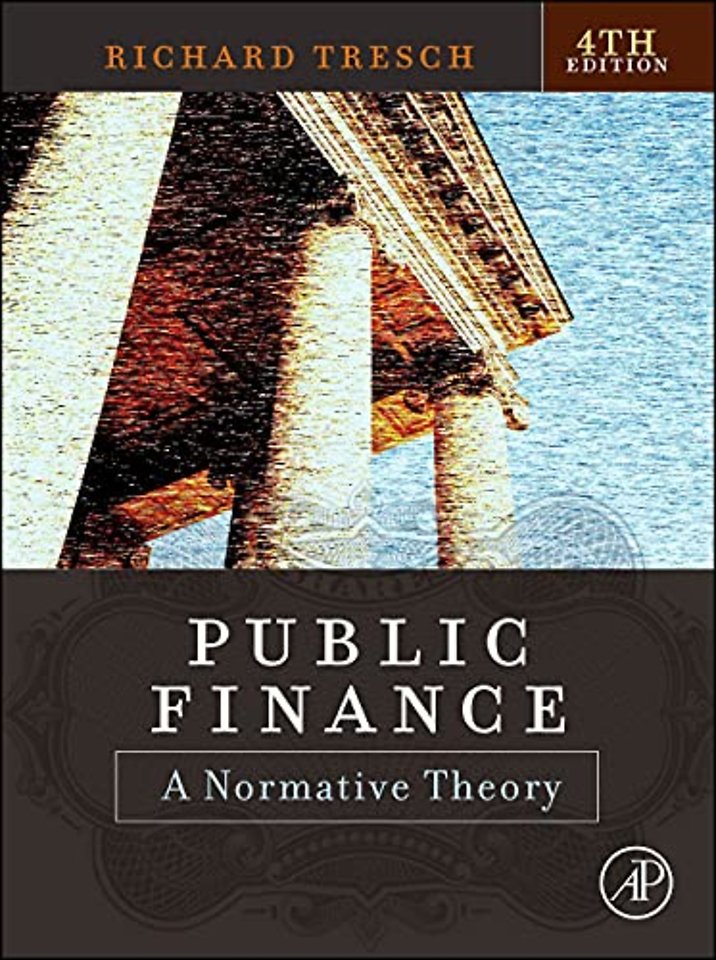Public Finance
A Normative Theory
Samenvatting
Public Finance: A Normative Theory, Fourth Edition provides a classic text on the normative theory of government policy. This valuable and accessible resource covers the welfare aspects of public economics, with considerable coverage of European examples. The work presents detailed and comprehensive coverage of theoretical literature, empirical work, environmental issues, social insurance, behavioral economics and international tax issues. The book is organized logically, written in an engaging manner, and is both sufficiently rigid for use by those with PhDs in math and accessible to students less well trained in math.

